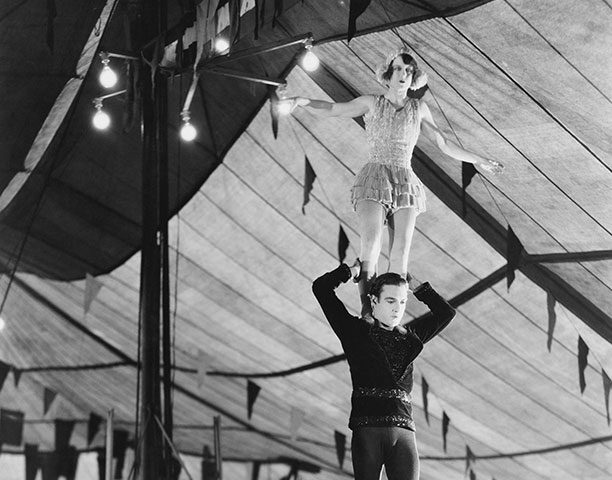How’s the Balance in your life?

My Foot is Killing Me!
January 22, 2016
Your Aching Jaw
February 8, 2016Your body’s ability to balance can tell us a lot about your health. Do your joints and muscles work as they should? Do you have signs of a disease that may be affecting your nervous system? Or maybe you’ve just lost your fitness mojo?
Physical Therapists are balance and fall risk experts. We have a battery of tests designed to tease out why you can’t strike a pose in yoga, or walk the line as in a sobriety test (of course presuming that you’re not drunk!) Have you started leaning on the wall or sitting down to put your pants on? Maybe you are less sure-footed and trip or stumble more than usual. These changes can indicate weakness in your balance system which relies on signals from your eyes, ears, skin, muscles and joints to communicate with your brain.
Although it may be humbling it’s wise to have your balance system screened yearly by a Physical Therapist. Falls are the leading cause of death from injury among people 65 and older, but the decline begins much sooner and often in our 30’s. Sometimes the system needs fine-tuning, or doesn’t develop well as I’ve seen with some of my young athletes who fail the screen primarily due to poor trunk stability. The good news is this system is primed for improvement. It’s a network of multiple organs and tissues working together, and if one part breaks down another one will pick up the slack. By creating a personalized and challenging exercise routine you will see noticeable changes in your ability to balance on one foot, walk the “line” or finally hold that difficult pose in yoga. Regardless of your age almost everyone shows improvement in their balance scores with a short course of physical therapy.
Here is one quick test to try. You may want repeat three times and take your average score. If your time is not in line with the norms for your age I encourage you to consult with your Physical Therapist.
Single Leg Stance Test:
Make sure you have something sturdy nearby in case you’re not as steady as you think.
- Stand barefoot on one leg with your arms crossed on your chest.
- Raise one foot off the ground and keep it near but not touching your opposite leg.
- Focus on a spot on the wall and hold this position.
- Time yourself using a stopwatch or the second hand of a clock.
- Hold for as long as you can, or until 45 seconds has elapsed.
- Try the test again, only this time close your eyes.
If your arms move or your raised leg touches the floor or sways, or if the leg you’re balancing on rolls or moves the test is over. During the eyes closed portion, if you open your eyes the test is over.
Compare your times to the chart below.*
| AGE | EYES OPEN | EYES CLOSED |
|---|---|---|
| 18-39 | 45 seconds | 15 seconds |
| 40-49 | 42 seconds | 13 seconds |
| 50-59 | 41 seconds | 8 seconds |
| 60-69 | 32 seconds | 4 seconds |
| 70-79 | 22 seconds | 3 seconds |
| 80-99 | 9 seconds | 2 seconds |
– Dina Kramer
Kramer Physical Therapy
Knoxville, Tennessee
* Adapted from Springer et.al, Normative Values for the Unipedal Stance Test with Eyes Open and Eyes Closed, J Geriatr Phys Ther 2007; 30(1) pg. 11

